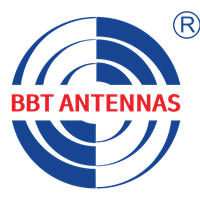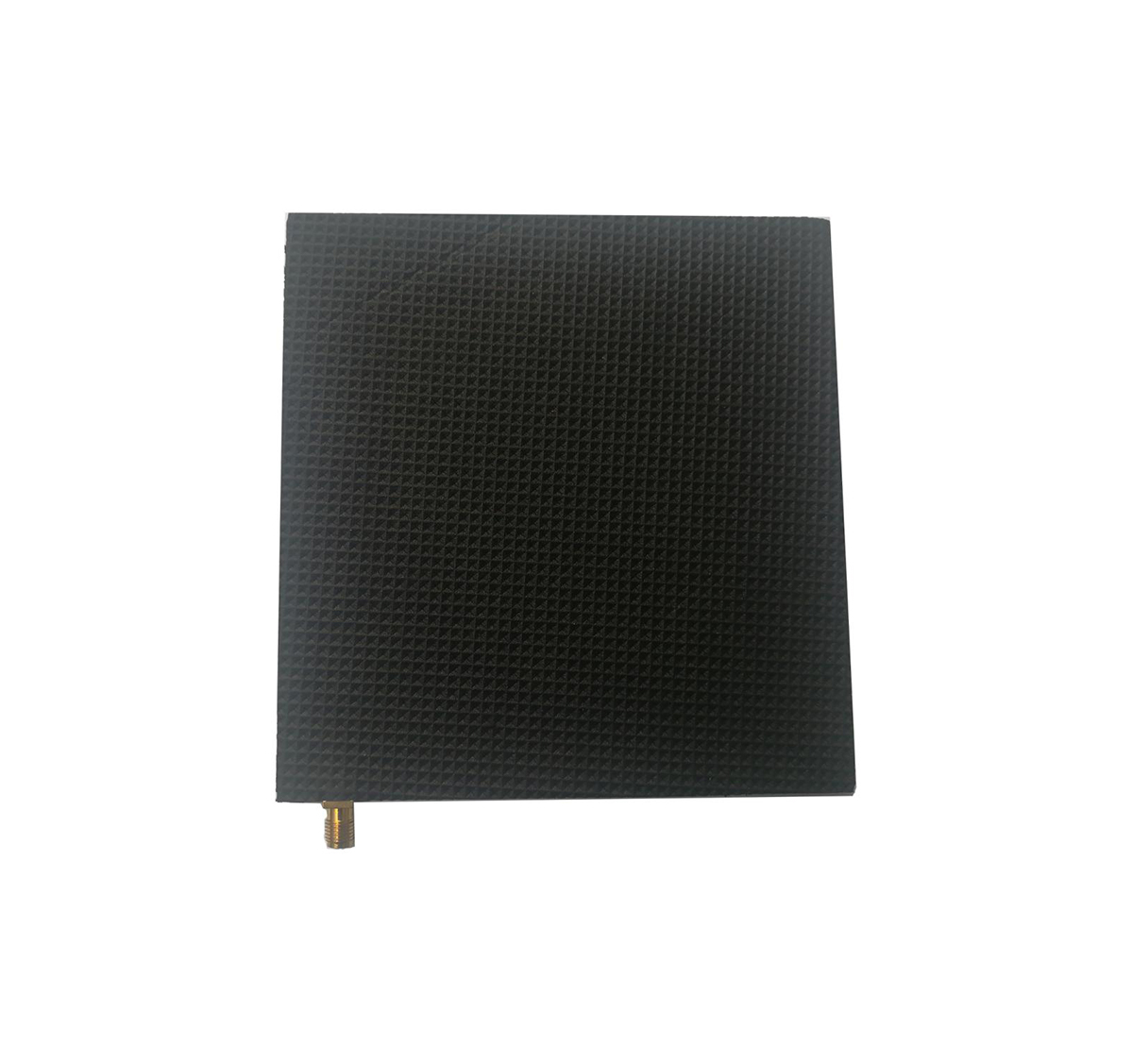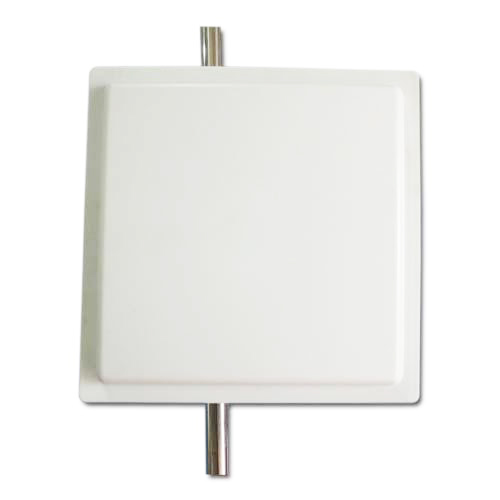Urbanization is accelerating worldwide, and with it comes the growing challenge of traffic congestion, safety, and efficient mobility. As cities seek smarter, more scalable solutions, the debate between RFID antennas and traditional sensors for traffic management has become increasingly relevant. This article explores the strengths and limitations of both technologies, and explains why BBT ANTENNAS stands out as a trusted provider of RFID antenna solutions for next-generation traffic systems.
Understanding the Technologies
RFID (Radio Frequency Identification) Antennas: RFID systems use radio waves to automatically identify and track objects, vehicles, or people. The core components include RFID tags (attached to vehicles), RFID readers (often installed at intersections or toll booths), and backend systems for data processing. The RFID antenna plays a critical role in ensuring reliable communication between tags and readers, enabling seamless data exchange for real-time traffic management.
Traditional Sensors: Traditional traffic management relies on a variety of sensors, including inductive loop detectors, infrared sensors, ultrasonic sensors, and cameras. These devices monitor vehicle presence, speed, and flow, providing data for signal control and congestion analysis. While widely deployed, these sensors often require physical installation in or above roadways and can be limited by environmental factors and maintenance needs.
Comparing RFID Antennas and Traditional Sensors
1. Efficiency and Real-Time Data
RFID Antennas: RFID technology excels at real-time vehicle identification and data collection. By reading RFID tags as vehicles move through checkpoints, systems can instantly gather information on vehicle counts, speeds, and routes. This enables dynamic traffic signal control, congestion prediction, and even variable toll pricing—all with minimal human intervention.
Traditional Sensors: While traditional sensors can detect vehicle presence and flow, they often provide less granular data and may struggle with high traffic volumes or adverse weather conditions. Maintenance and calibration are ongoing concerns, especially for in-road sensors.
2. Automation and Scalability
- RFID Antennas: RFID systems are inherently scalable. As more vehicles are equipped with RFID tags, the system's coverage and accuracy improve. Automation is seamless—vehicles can pass through tolls or intersections without stopping, and emergency vehicles can be prioritized automatically, reducing response times and potentially saving lives.
- Traditional Sensors: Scaling traditional sensor networks can be costly and disruptive, requiring additional infrastructure and frequent upgrades. Automation is possible but often limited by the sensor's detection range and environmental reliability.
3. Versatility and Applications
- RFID Antennas: RFID is versatile, supporting applications beyond traffic flow monitoring. It can be used for parking management, automatic billing, access control, and even integration with smart city platforms. The technology is also highly effective in emergency vehicle prioritization, adjusting signals in real time to clear paths for ambulances or fire trucks.
- Traditional Sensors: Traditional sensors are typically limited to vehicle detection and counting. Some, like cameras, can support additional features (e.g., license plate recognition), but these often require complex software and raise privacy concerns.
4. Installation and Maintenance
- RFID Antennas: RFID antennas are generally easy to install and require less maintenance, as they are not embedded in the road surface and are less exposed to wear and tear. Their robust design ensures long-term reliability, even in harsh environments.
- Traditional Sensors: In-road sensors like inductive loops are prone to damage from heavy traffic and roadworks, leading to frequent repairs. Above-ground sensors may require regular cleaning and recalibration, especially in dusty or rainy conditions.
5. Cost Considerations
- RFID Antennas: While initial investment in RFID infrastructure may be higher, the long-term operational costs are lower due to reduced maintenance and labor. The ability to automate processes and integrate with other smart city systems further enhances ROI.
- Traditional Sensors: Traditional sensors may have lower upfront costs, but ongoing maintenance, calibration, and eventual replacement can add up, especially in busy urban environments.
Why RFID Is the Future of Traffic Management
The adoption of RFID antennas in traffic management is accelerating for several reasons:
- Real-Time, Accurate Data: Enables smarter, data-driven decisions for congestion management and route optimization.
- Seamless Automation: Supports contactless tolling, parking, and emergency vehicle prioritization.
- Scalability: Easily expands as city infrastructure and vehicle fleets grow.
- Versatility: Integrates with other smart city solutions for holistic urban management.
Why Choose BBT ANTENNAS for RFID Traffic Solutions?
As cities and transportation authorities seek reliable partners for their smart traffic initiatives, BBT ANTENNAS emerges as a leader in RFID antenna technology. Here's why BBT ANTENNAS is the preferred choice:
1. Decades of Expertise and Innovation
With over 30 years of experience, BBT ANTENNAS integrates research, development, production, and sales, focusing on continuous technological innovation in the wireless communication industry. The company holds numerous patents and has established itself as a pioneer in the Internet of Things (IoT) and RFID sectors.
2. Comprehensive Product Portfolio
BBT ANTENNAS offers a wide range of RFID antennas tailored for traffic management, including models designed for various frequency ranges (such as 902-928MHz and EU standards), high gain, and robust environmental resistance. Their products are used in applications ranging from vehicle identification and parking management to access control and logistics.
3. Superior Quality and Reliability
Every BBT antenna undergoes strict quality control, from raw material processing to final testing, ensuring high performance, durability, and compliance with international standards (ISO9001:2015 and ISO14001:2015). Customers consistently praise BBT for product reliability and stable performance, even in challenging environments.
4. Customization and Scalability
BBT ANTENNAS understands that each traffic management project is unique. The company provides customized solutions to meet specific requirements, whether for urban intersections, highways, or integrated smart city platforms. Their antennas are designed for easy installation and future scalability, making them ideal for evolving city needs.
Conclusion
RFID antennas have proven to be a superior alternative to traditional sensors in modern traffic management, offering unmatched efficiency, automation, scalability, and integration potential. As urban mobility demands grow, investing in RFID-based solutions is not just a technological upgrade—it's a strategic move toward safer, smarter, and more sustainable cities.
For cities, system integrators, and technology partners seeking reliable, high-performance RFID antennas, BBT ANTENNAS is ideal for you. With BBT ANTENNAS, you're not just choosing a product—you're choosing a partner dedicated to your success in the era of smart mobility.



